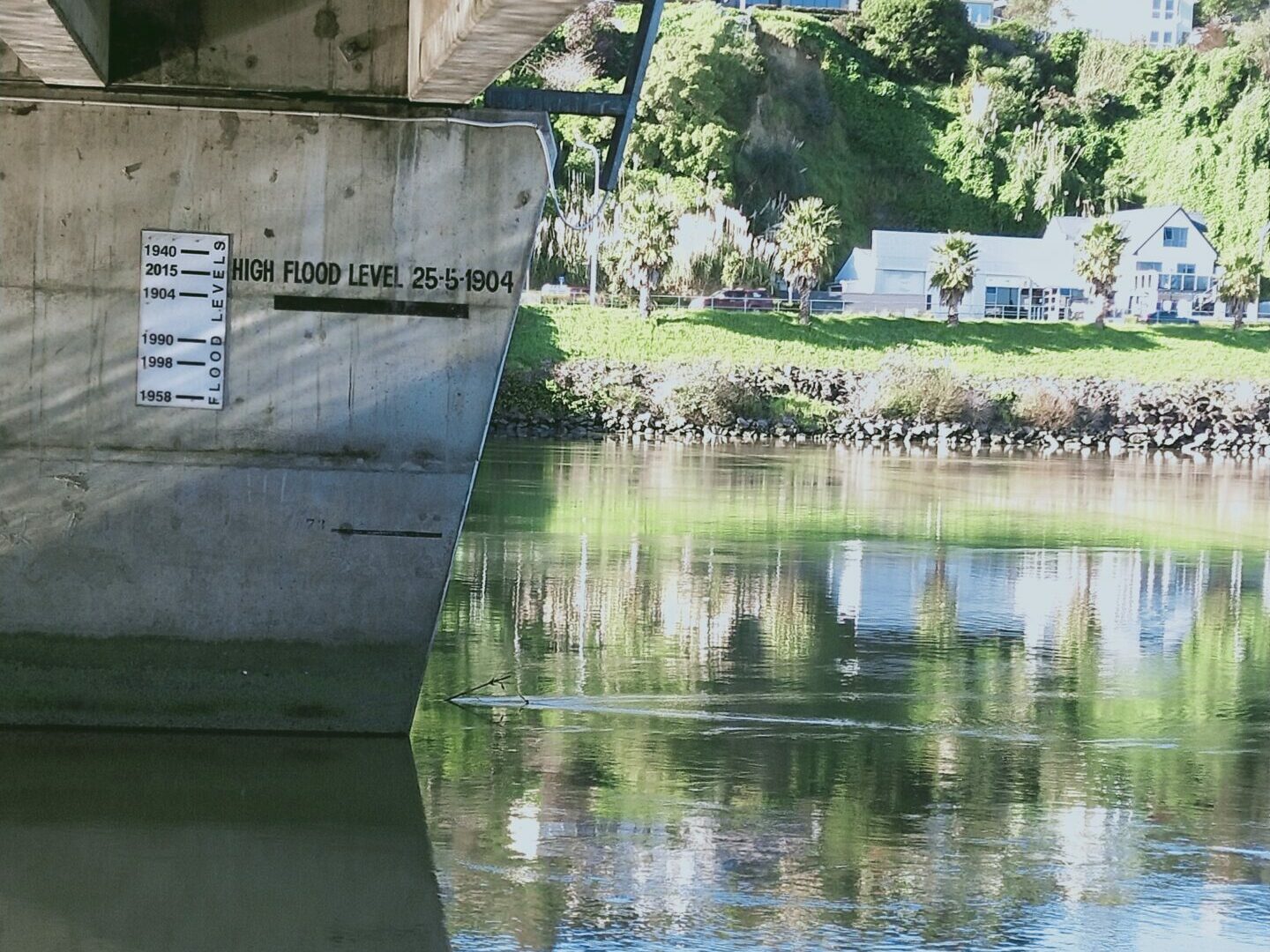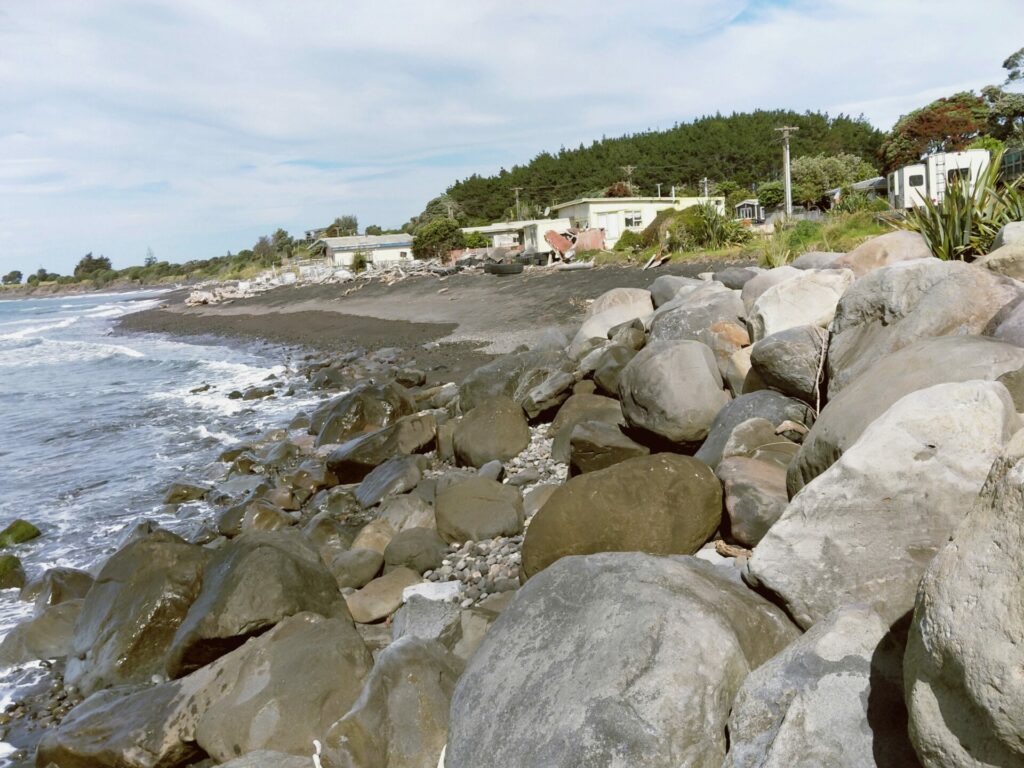- AUTHORBuilding enduring community-based capacity for adapting to climate change
- Friday, June 7, 2024
Building enduring community-based capacity for adapting to climate change
Summary of the “Embedding adaptation” project
Extreme weather events and disruptions compounded by climate change are becoming more commonplace. Communities along low-lying shorelines and near rivers are experiencing escalating risk. Building enduring community-based adaptive capacity is therefore vital. No single group can do this on their own. Partnerships that account for different contexts must be built between at-risk residents, mana whenua, local government, and stakeholders like Ministries, NGOs, and private sector bodies.
Community-based adaptation planning should enable short-term action and keep future options open; account for uncertainty, complexity, dynamism, and contestation; and identify pathways to appropriate longer-term action. Efforts to institutionalise adaptation pathways planning in Aotearoa New Zealand have, however, largely ignored how power and politics shape community-based adaptation interactions.

Aim and approach of this project
This project examined how adaptation politics and practices shape community-local government-tangata whenua interactions in a bi-cultural nation bound by Te Tiriti o Waitangi obligations. We focused particular attention on barriers and enablers for strengthening community-based adaptive capacity by building trusting and enduring relationships.
We compared experiences in four communities: Pūtiki and Tangimoana in Manawatū-Whanganui; and Waitōtara and Rohutu Block in Taranaki. Working in partnership with mana whenua, community organisations and members, and governing authorities from local and regional levels, we embarked on adaptation pathways planning with each at-risk community. Context-specific circumstances shaped progress in each locality. In some settings this project was a catalyst for new collaborative adaptation planning and action. In others, the project complemented work already underway. Importantly, groups in each setting are progressing community-based adaptation beyond the life of the Deep South project.
We identified barriers and enablers for building upon and strengthening the adaptive capacity and resilience of whānau, hapū, iwi, communities, and local government. We explored innovative ways to mobilise communities, mediate and harness divergent capabilities, reconcile contending worldviews, values, and interests, and reach agreement on ways forward. We learned lessons about how to institutionalise empowering adaptation pathways planning and action.
Research-based adaptation has often been experienced as ‘extractive’ and geared towards techno-scientific analysis and ‘outsider’ solutions rather than being culturally appropriate and empowering. Our approach was founded on participatory action research and co-design based on critical social science and analysis of power, politics, vulnerability, Te Ao Māori, and local government practice.

10 key findings
- Community-based adaptation planning is relationship building. It is stepwise and takes time. It
is not linear. It is founded on and ideally led by mobilised at-risk communities, with enduring
support by leaders in local government and tangata whenua, and other stakeholders. - Adaptation is a negotiation process. Commitments to work together, and agreed principles for
collaboration, need to be recorded as a Statement of Intent or Memorandum of Understanding.
Signing such an agreement is a moment to celebrate. It is the foundation for developing an
adaptation pathways plan or framework Agreement that records priority actions in the short-
term and plausible pathways into the future given the risks faced by the community. This is a
living agreement that guides partners in working together to adapt as circumstances, needs and
capabilities change over time. - Embedding adaptation is ‘messy’. Planning and implementation are not sequential but an
entangled mix of planning, action, reflection, adjustment and yet more action, planning, etc. - Enduring community-based adaptive capacity is enabled by institutionalised local government-
tangata whenua climate action partnerships. For example, the Horizons Manawatū-Whanganui
Climate Action Joint Committee – a representative body of tangata whenua and local
government Mayors and Chief Executives – prioritised the region’s two case study communities
with which we partnered in this project. This led to signed agreements to work together. - Aligning adaptation planning and practice across Territorial Local Authorities and Regional
Councils is key to building community-based adaptive capacity. This means having consistent
and complementary information on local hazards and vulnerability as well as enabling support
for community-based adaptation action. - Local government support is foundational for building community-based adaptive capacity.
This means prioritising Long Term Plan funding support as well as in-kind staff support,
community-specific liaison, and championing by elected members and senior officials. - The absence of an enabling adaptation legislative and policy setting is debilitating for
community-based adaptation, hampering action by residents, local government, and tangata
whenua. This is especially concerning in the face of escalating risk, rising insurance premiums
and the prospect of ‘insurance retreat’ after many years of ‘talk’ about the introduction of an
‘adaptation law’ and how to share equitably the costs of major adaptation interventions,
including planned relocation of at-risk communities. - Build shared understanding about natural hazard risk, adaptation options and plausible
pathways into the future. This helps to facilitate joint problem-solving and adaptive capabilities
within and between all governance actors, founded on Te Ao Māori, local knowledge, robust
science, and professional expertise. This is an ongoing social learning process. - Priority attention needs to be focused on supporting those most exposed and vulnerable to
climate-compounded risks. Risk is a product of exposure to natural hazards and the social
vulnerability of communities. For too long, attention has centred on the hazard dimension of
risk. Much more focused attention needs to centre on better understanding and addressing
susceptibility to harm. - Independent ‘critical friends’, potentially including university-based action researchers, can
play a vital mediation and/ or facilitation role in building adaptation partnerships between key
governance actors, especially where there is a lack of trust. However, a ‘research framing’ –
even if well-intentioned and action-oriented – can sometimes be seen to be of little practical
value and therefore unnecessary or inappropriate. Critical friends need to develop strong bonds
of trust with all involved in adaptation if they are to play a constructive role. And they need to
have real-world expertise in engagement processes to fulfil this role. More generally, enabling
collaborative adaptation proceeds at the pace it takes to build trust between adaptation
governance actors. Short-term projects are seldom adequate for the ongoing contributions that
will be required to build enduring collaborative partnerships.
A policy brief developed alongside this summary can be found here.
Other resources from the project can be found on the project page here.